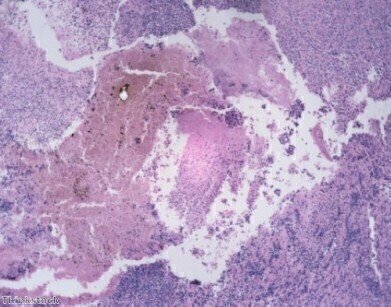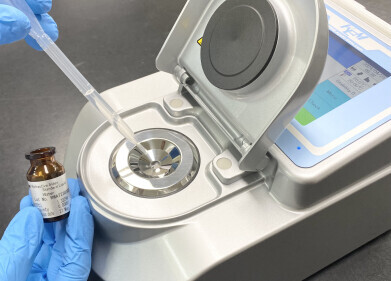Laboratory Products
Managing Microbes is a Major Matter
May 10 2018
Perhaps the best way to reduce microbial risk in sterile environments would be to eliminate their hosts from the equation. However, other than being fundamentally unworkable, removing people wouldn’t solve the problem because microorganisms are literally everywhere. On the basis they can be found in environments as hostile as radioactive waste to hydrothermal vents in the depths of our oceans, is there realistically any way to reliably mitigate microbial risk?
The good news is keeping clean rooms consistently below alert level is possible, it requires a combination of scrupulous hygienic Standard Operating Processes (SoP), considered procurement choices and hard work.
Bacteria spores can enter a cleanroom in numerous ways, hitching a lift on dust motes or on dry clothing for example. So, the first step is to prevent microbes entering your sterile environment in the first place. Ensure hygienic practices are clearly established and followed by staff and preventative measures should also be put in place throughout the facility.
This can include installing sanitising door handles at the exits of washroom and the entrances to changing/gowning areas to reinforce the SoP before it even starts. Sticky tack matting and sanitising footbaths can be strategically placed to capture any microbes brought in on footwear. Finally consider anti-microbial PVC curtains on the approach to the cleanroom to supplement air filtering and help contain airborne contaminants.
Anti-microbial curtains can also be used within the sterile environment itself to keep differently class areas separate. On the subject of class, it’s well worth investing in ISO14644-1 certified anti-microbial chairs to meet the specific needs of each area in your cleanroom.
Regardless of what precautions you put in place, it is inevitable that bacteria will still find a way into the cleanroom. Regular and rigorous cleaning processes should leave no places where they can develop, in practice this means no nooks and crannies that could be overlooked during clean down.
In almost every case, root cause analysis of swab testing shows that furniture is a significant risk factor and a poor swab test result or rising trend will need further monitoring – this is time that could be better spent elsewhere. As such, the hygienic qualities of the furniture in the cleanroom is all-important and there are particular factors to check. Most notably, does the item offer clear access beneath and behind, if not can it be easily moved? Are there any ‘dirt traps’ built in to the design, such as folds, gaps and unnecessary ledges where microorganisms could lurk and multiply? Finally, will it be robust enough to cope with your chosen sterilisation option.
Prevention and cure are equally important in managing microbial risk. Making smarter choices at the procurement stage also allows you to improve your risk management and speed up the cleaning process – with a positive impact on operating expenses and SWAB checks in the longer term.
Digital Edition
Lab Asia 31.2 April 2024
April 2024
In This Edition Chromatography Articles - Approaches to troubleshooting an SPE method for the analysis of oligonucleotides (pt i) - High-precision liquid flow processes demand full fluidic c...
View all digital editions
Events
Apr 28 2024 Montreal, Quebec, Canada
May 05 2024 Seville, Spain
InformEx Zone at CPhl North America
May 07 2024 Pennsylvania, PA, USA
May 14 2024 Oklahoma City, OK, USA
May 15 2024 Birmingham, UK


















